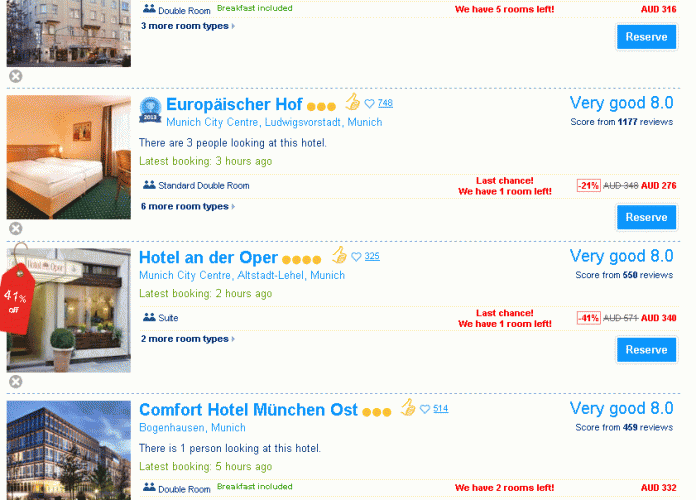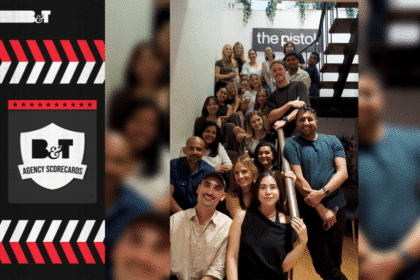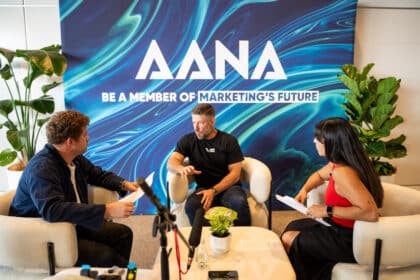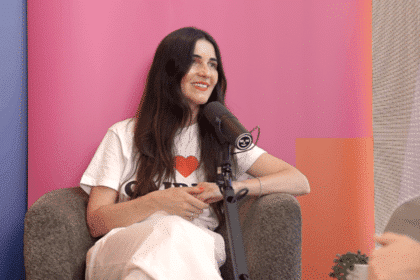If you have ever gone to the shops with the intention of buying just one specific item and walk away with a trolley load instead (hello Ikea) chances are you’ve fallen victim to some age old marketing tricks.
These old tricks are the cunning schemes that play on psychology to convince you that you really, really should PayWave your hard-earned money away. And marketers have plenty of them up their sleeves.
BMF chief executive Dominic Stinton’s favourite is the idea of getting something for free.
“Nothing gets us trampling all over our best friends and acting with no dignity like marketing’s most reliable four letter word: free,” said Stinton.
“You only have to witness product sampling in busy train stations to see the effect that a Russian yogurt you’ve never heard of, or a one-squirt deodorant, can have on ordinarily sane people.
“You can bet that not one of those commuters would buy that Soviet dairy confection if it was priced at 10 cents instead.”
Now, think back to Christmas last year when you may or may not have decided to purchase a perfume because it came with a ‘free’ gift. That’s the idea of ‘free’ perks at work right there.
Other classic tricks include displaying the expensive “Retail Price” versus the marked down “Our Price”.
Yet another one is the “Prices Start From $30” signage – which is very exciting until you get there and find that after 10 minutes of rummaging through the rack, the cheapest item is actually $59.99. But, hey, at least you got some exercise right?
Another retail trick picked by Craig Flanders, the chief executive of Melbourne’s full-service ad agency Spinach, is the extra large font used to display prices in ads.
“The logic goes that the larger the font used, the more proud and confident the retailer looks about the price. This implies the offer represents great value,” said Flanders.
“It’s tried and true, been around since print ads were invented and still works – although with the advent of ‘showrooming’ (price checking using a mobile phone in-store), it may be less effective than it used to be in some cases.”
According to Flanders a persuasive tactic that marketers with a tightly defined target audience often use is the ‘people like me strategy’. He says: “Show people like me using/enjoying the product or service and if you’ve got the subtle idiosyncrasies correct, you’ll connect and engage. And in today’s social media obsessed world where referrals can spread like wildfire amongst a group of like minded people, from the research we’ve seen, it seems to work better and better.”
Creating a false sense of urgency is one marketing trick that refuses to die.
Its a tactic most commonly associated with infomercials: “Call now and you’ll get all this for $50” or “The first 100 callers will get 20% off this state of the art allergy busting vacuum cleaner and we’ll even throw in a pack of bags for free”.
But this scheme is not only found in infomercials. If you’ve ever booked accommodation via Booking.com (of Booking.yeah fame) you will have noticed the red bold type declaring “Last chance! We have 1 room left!”.
Booking.com doesn’t leave it at that – it also tells you how many people are currently looking at the hotel and when the last booking was made. The combination pucks a punch by creating a frenzied sense of urgency overlaid with a dose of ‘people like me’.
And then there are Loyalty programs. It feels like everyone has one today – even the local dodgy nail bar. And with good reason: they make you spend.
Air miles are a classic example according to BMF’s Stinton.
“Once you start collecting them, you can’t stop, and all kinds of purchasing decisions are made on the promise of air miles which you secretly know you’ll never use, certainly not if a) you work for a living and/or b) you have kids at school.”
Have any other examples of age old marketing tricks that you’ve fallen fall? Tweet them in using the hashtag #MarketingSucker









